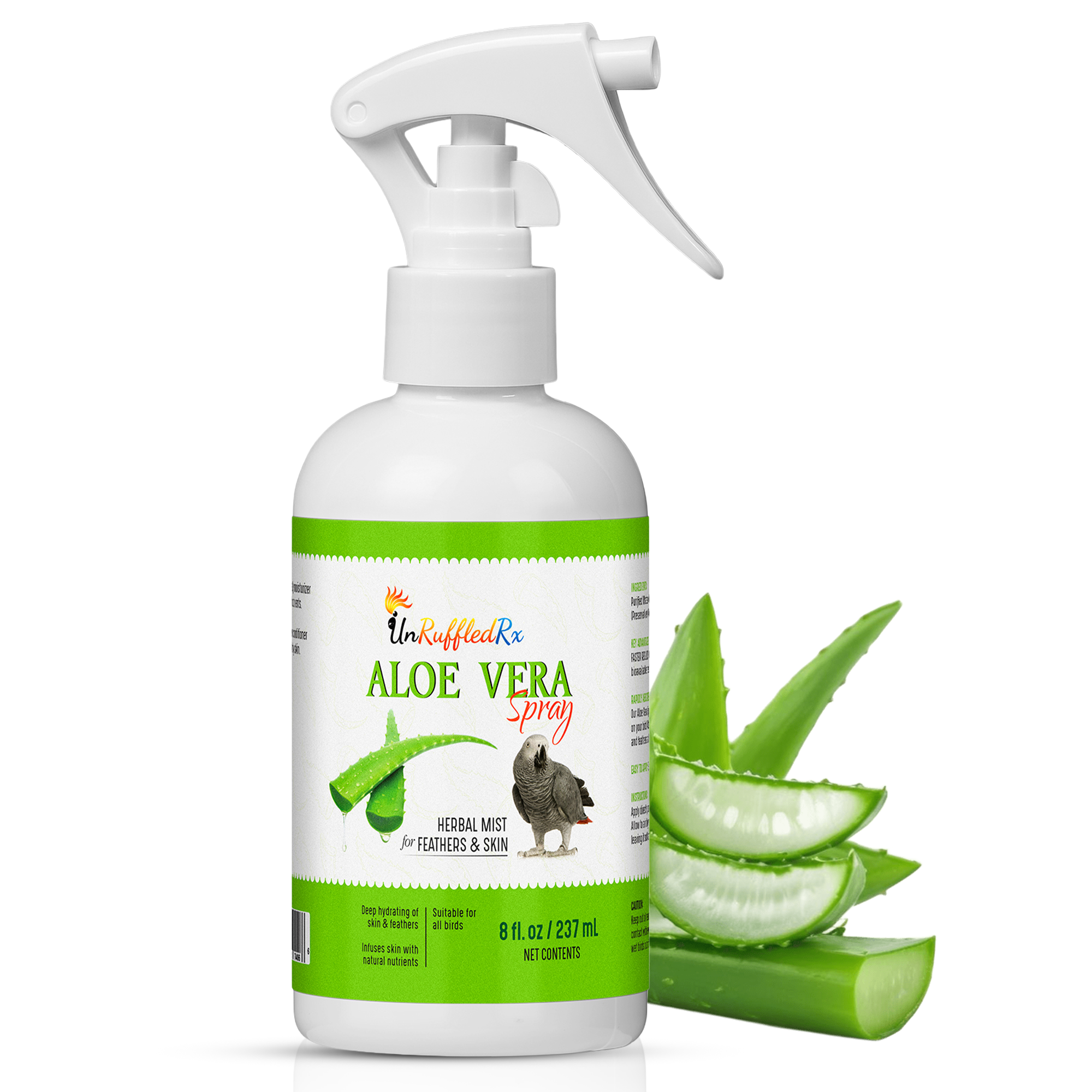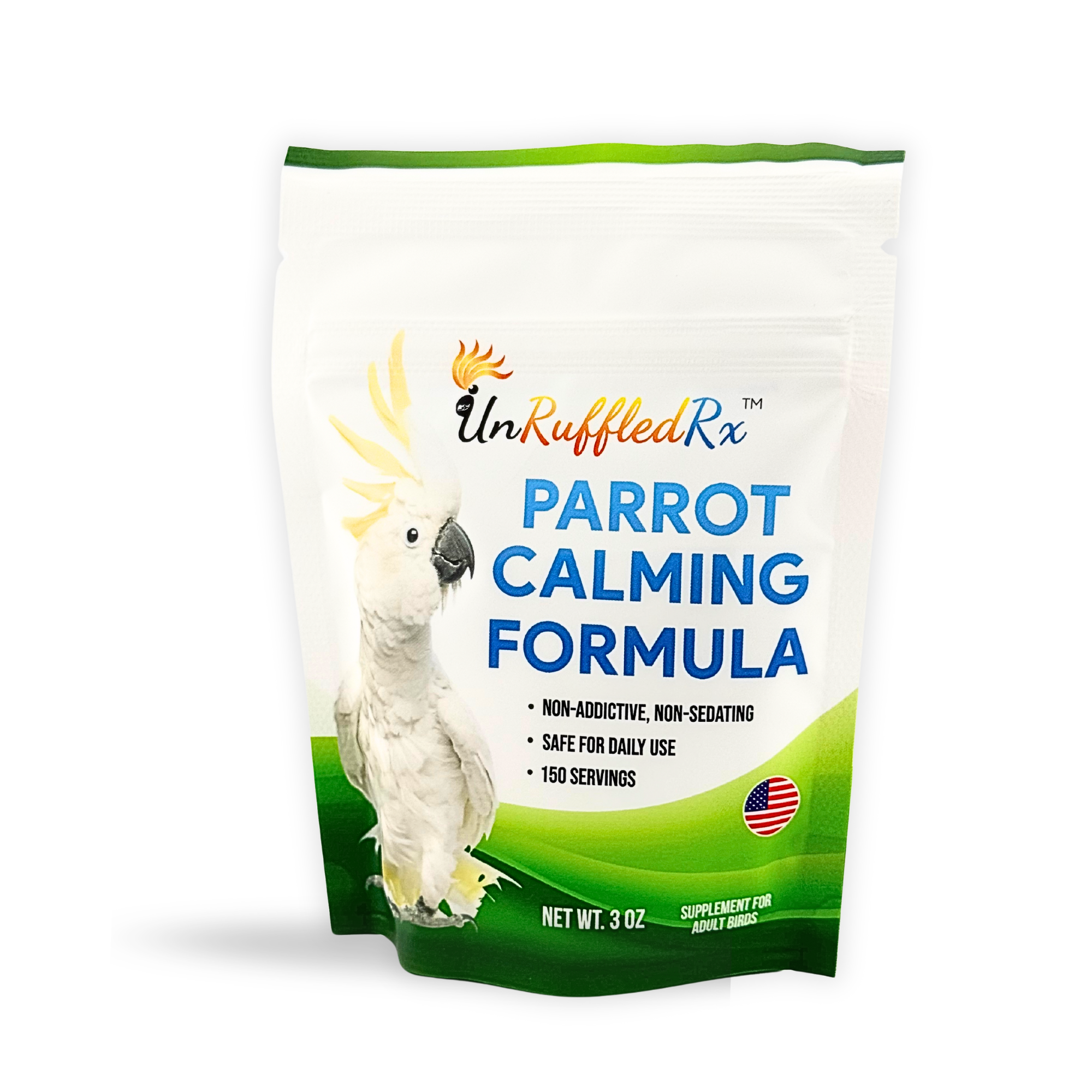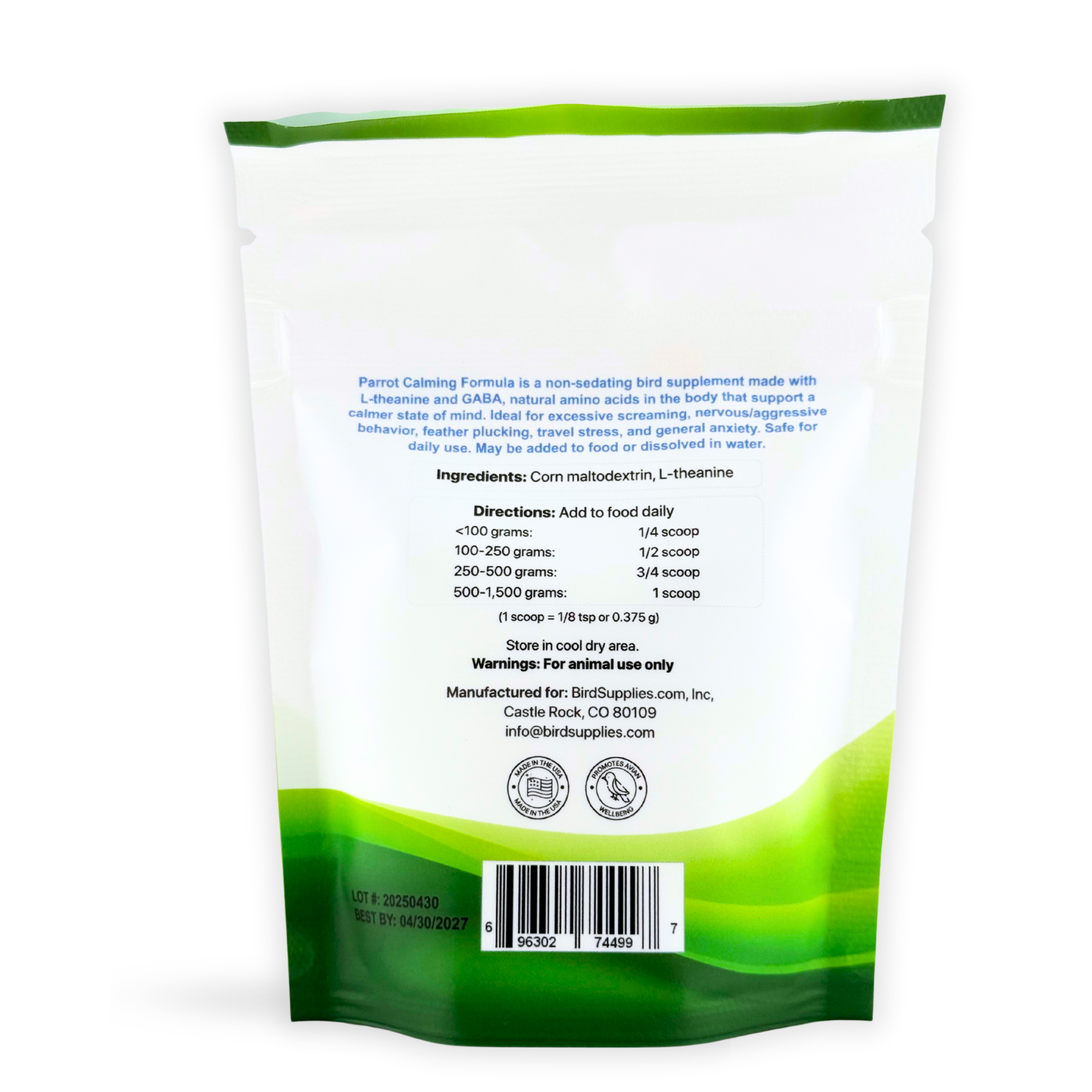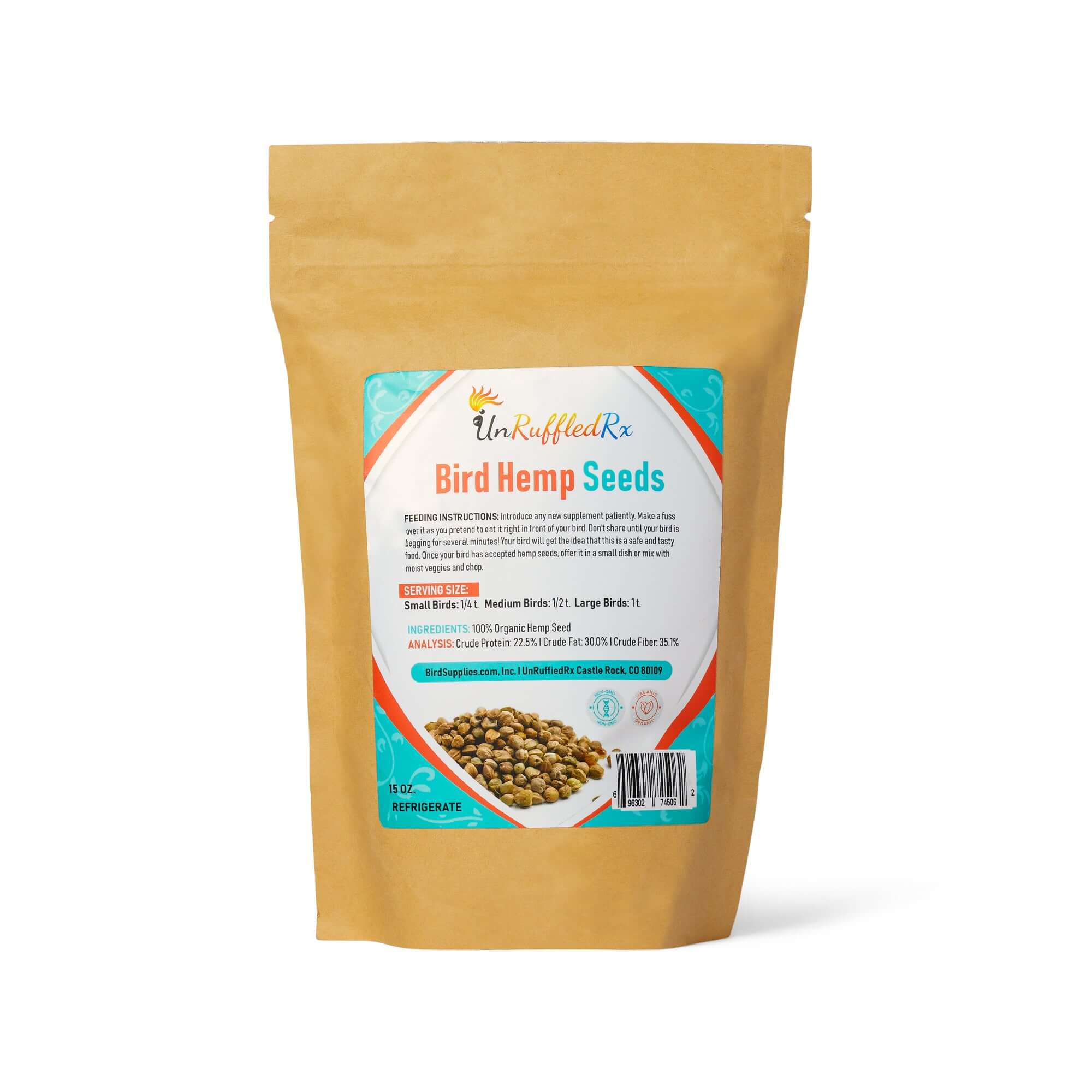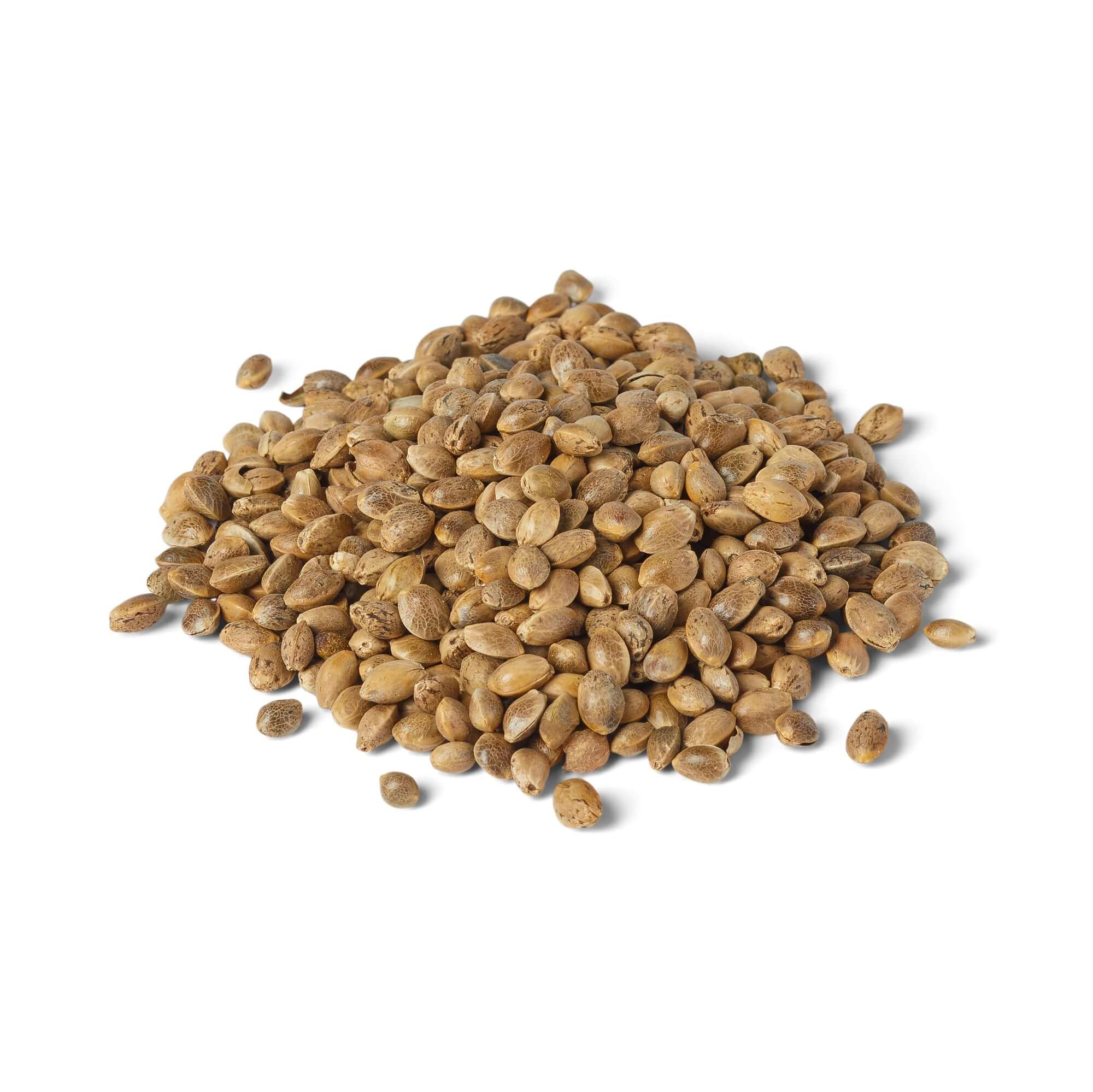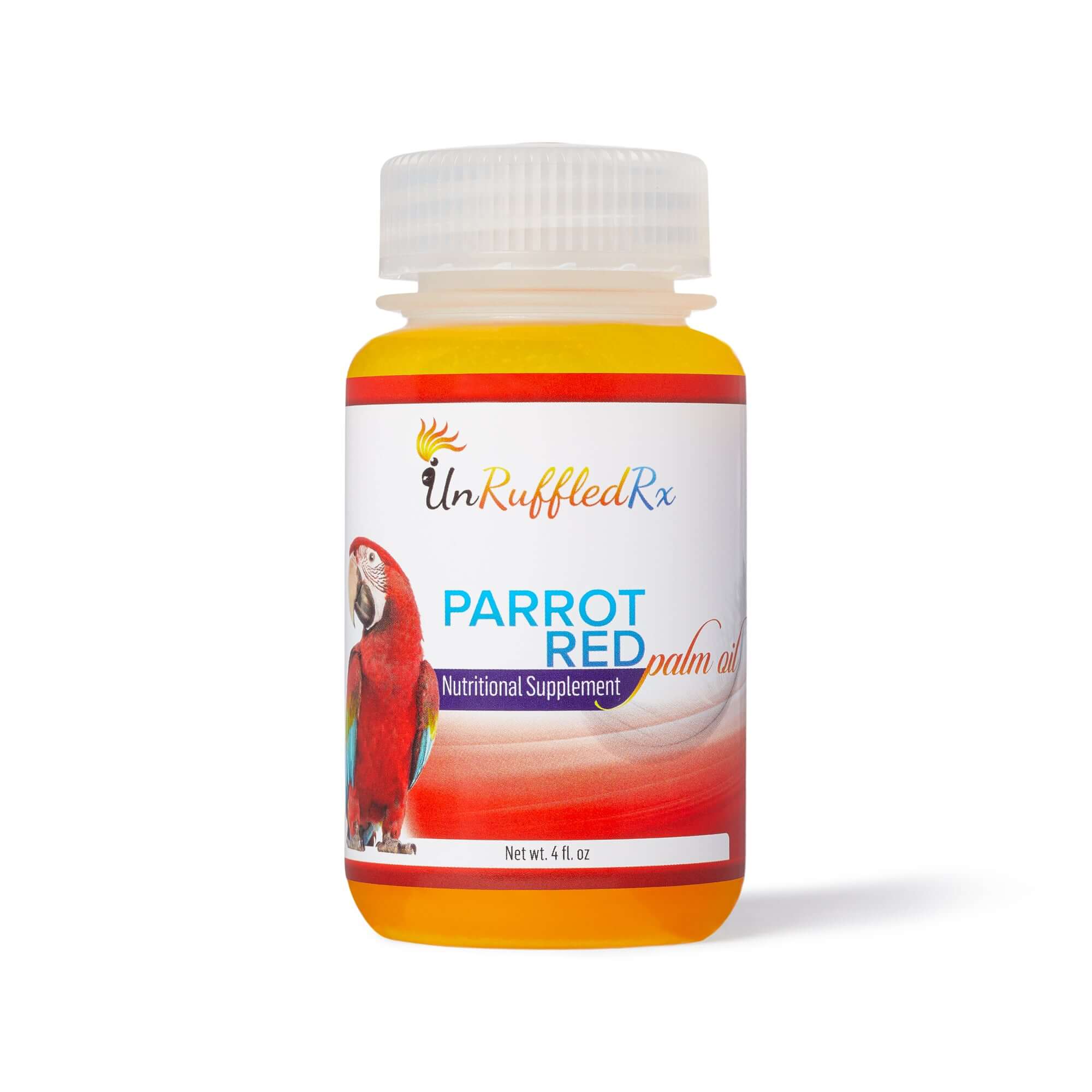Table of Contents
Introduction
Joann and Joe, long-time bird enthusiasts, joined my Facebook group, "Feather Plucking Help," seeking help for Dusty, their feather picking cockatoo, in June 2022. Dusty, who was adopted at the age of 5, was a nervous bird despite having been in good health at the time of adoption. At the time of his adoption he was not feather picking.
Worried sick about Dusty's feather picking, Joann and Joe asked for a behavior consultation. They thoroughly filled out a detailed questionnaire about everything Dusty. As a psychotherapist, turned bird behaviorist, I help people uncover potential causes for feather picking, from enrichment to diet, sleep, foraging, hormones, and more.
I created a real-time Google Slideshow based on their responses to my questionnaire and then schedule a Zoom call to discuss potential reasons why their cockatoo was plucking. Dive into Dusty's feather-picking journey, uncovering discovering surprising insights that helped him stop feather picking!

Dusty's Case Report
Dusty had been placed on consignment at a bird store when he was 5 years old - the same bird store where he was purchased as a baby. His original family, had surrendered him because, as an Air Force family, they were getting transferred overseas. Joe and Joann adopted him in 2012.
When Joe and Joann walked into their neighborhood bird store, Dusty, who was out on a play stand, instantly noticed them. He began dancing and calling them over. "Hey, come here!" The gregarious Umbrella Cockatoo captured their hearts.
The couple was captivated but wanted research "cockatoo care." They visited him about 10 times before they decided that he was their family!
They bought a large bird cage, some perches and toys, and the recommended seed diet. The pet store owner told them to bathe him daily and how to socialize him, but didn't give them any other bird care information.
Fast forward 10 years, and Joe and Joann notice a 2 1/2" bald spot on Dusty's chest. They took him back to their avian vet. A physical and lab tests were done but nothing, health-wise, turned up. The doc gave them a stiff plastic collar made out of x-ray film and sent them home.
Dusty hated the harsh plastic collar and stopped wanting to interact with Joe and Joann. He just sat on his perch like a couch potato. The couple had to coax him to eat and to engage with them. They became as upset as Dusty was. Seeing their cheerful bird endure discomfort from the plastic bird collar was heartbreaking.
That's when they Googled "cockatoo feather picking" and found BirdSupplies.com.
Discussion
Next Steps
Worried about Dusty, Joann and Joe took three steps to help by trying a soft bird collar and seeking expert advice.

- They checked out the Product Picker Page and found that their bird was a mild picker. They had caught Dusty's picking early and the picking was only on one body part, the chest. They chose to buy a lightweight collar and a behavior consultation.
- They placed their order and filled out the questionnaire for the behavior consultation which allowed me to create an individualize feather picking recovery plan for their cockatoo.
- Then, we scheduled a video consultation to discuss the results of their questionnaire. They took action from the consultation to improve certain aspects of their bird care routines for the better.
Questionnaire Results
1.
In their discussion with the bird store owner, Joe and Joann learned that Dusty's breeder, a hobbyist, had a practice of separating chicks from their parents too early for hand-feeding. This common practice in the pet trade can lead to issues like nervous behavior and feather-plucking in birds. When chicks are taken away from their parents too soon, they miss out on essential care, affecting their emotional well-being. Understanding Dusty's early experiences helps us see how responsible breeding practices play a crucial role in a bird's overall happiness and behavior.
2.
A second thing that made things tricky for Dusty was his diet. The bird store suggested he stick to an all-seed diet, which he was initially weaned on. While seeds might seem like a tasty treat, relying solely on them can cause health problems. You see, an all-seed diet lacks the essential nutrients Dusty needed to stay healthy. It's like having only candy for every meal – it might taste good, but it doesn't give your body what it needs to function well.
Over time, you'd miss out on important vitamins and minerals your body craves. It's the same for Dusty with an all-seed diet. Without a variety of foods, he could end up not getting everything his body needs, leading to malnutrition. So, while seeds are a small part of a balanced diet, Dusty needed more variety to ensure he stayed happy and healthy.
3.
The third issue that we uncovered about Dusty's feather-picking behavior, was a heartwarming evening routine. Picture this: every evening, until around 10 or 11, they shared the couch with Dusty, watching TV.
I coached the couple on the importance of rest for Dusty. Like all birds, he needed a solid 10-12 hours of uninterrupted sleep per night. Disrupting this sleep not only left Dusty tired but also stirred up his hormones, posing a potential hazard.
Overindulgent cuddling and full-body pets was also discussed. Cuddling can make our feathered friends, like Dusty, hormonally imbalanced. It turns out that petting is akin to foreplay for pet birds. A chronically hormonal bird, such as Dusty, might feel the frustration, leading to self-injury. Birds don't need the same kind of petting as dogs do. Joe and Joann discovered that sticking to head and feet pets was the way to go, offering affection without the hormonal risks.
In our exploration of Dusty's world, we discussed the profound importance of introducing him to natural parrot behaviors. These included the art of bathing, the joy of foraging, the excitement of play, the necessity of regular exercise, the bliss of basking in sunshine, and the exhilaration of taking flight.
It wasn't just about Dusty having a blast; these natural parrot behaviors were fundamental to his overall health and happiness. The journey with Dusty evolved into more than just addressing challenges—it became a quest to create a lifestyle that harmonized with his innate instincts, ensuring a contented and fulfilling existence.
Simply put, if captive parrots are unable to perform natural behaviors, the effects of captivity are going to result in serious behavioral and physical problems, which is exactly what we are seeing. Pamela Clark, CPBC |
In the course of our exploration, we not only identified potential factors influencing Dusty's feather-picking behavior but also equipped Joe and Joann with ample information to turn things around. While I shared a wealth of insights, they had the Google Slide Show as a handy reference to delve deeper and study at their own pace. The presentation offered them a multitude of actionable tips, empowering them to implement strategies that could aid Dusty in overcoming his feather-plucking tendencies.
Take-Aways
1. Birds engaging in mild to moderate feather picking typically have a positive prognosis. Many of these birds haven't formed compulsive picking habits, and their feather follicles remain intact. This presents an opportunity for proactive intervention and positive outcomes.
2. Diving deep into your bird's picking pattern, along with identifying the underlying contributors to the issue, not only brings faster but also more impactful results. Let's work together to address and improve your bird's well-being.
3. Recovery and feather regrowth are entirely possible for many feather-picking cockatoos with some dedicated effort from the owners. If you're ready to take that step toward helping your feathered friend flourish once more, consider scheduling an appointment to discuss a tailored plan for their well-being.
Related Posts:
How Archie Got His Feathers Back
Two Bird Lovers Team Up To Save Chicky From the Brink
Feather Plucking in Cockatoos: Tips For A Happier Bird
References:
Clark, P. (2020, February 6). Encouraging Natural Behaviors in Captive Parrots. The Parrot Steward Blog. https://blogpamelaclarkonline.com/2020/02/06/encouraging-natural-behaviors-in-captive-parrots/
Fox, R. (2006). Handrearing Behavioral Impacts and Implications for Captive Parrot Welfare. In A. Leuscher (Ed.), The Manual of Parrot Behavior (pp. 83-92). Blackwell Publishing. Ames, Iowa.
Friedman, S. G., & Greene Linden, P. (2023, May). How Parrots Learn to Behave.Bird Talk Magazine.
Jayson, S. L., Williams, D. L., & Wood, J. L. N. (2014). Prevalence and Risk Factors of Feather Plucking in African Grey Parrots (Psittacus erithacus erithacus and Psittacus erithacus timneh) and Cockatoos (Cacatua spp.). Journal of Exotic Pet Medicine, 23(3), 250-257.
Luescher, A.,ed. Manual of Parrot Behavior. Ames: Blackwell Publishing, 2006.
Seibert, L. (2006). Feather-picking Disorder in Pet Birds. In A. Leuscher (Ed.), The Manual of Parrot Behavior (pp. 255-280). Blackwell Publishing. Ames, Iowa.
Link to this blog: https://birdsupplies.com/blogs/news/how-one-family-stopped-cockatoo-feather-picking-case-study
Diane Burroughs, LCSW is a licensed psychotherapist trained in ABA therapy techniques. She specializes in avian anxiety disorders and is certified in Nutrition For Mental Health. Diane has written a number of bird behavior books and she offers behavior consultations. She's developed a range of UnRuffledRx Science-backed Parrot Wellness Supplies.
Diane's products have been featured in the Journal of Avian Medicine and Surgery and at Exoticscon, a conference for exotic pet veterinarians. Her bird collars & supplements are stocked in avian vet clinics and bird stores throughout the US. With over 30 years in the field of behavior, Diane has created thousands of successful individualized behavior plans that help pets thrive.
TAGS: #FeatherPickingCockatoo #PluckingCockatoo
SHARING IS CARING! PLEASE SHARE ON YOUR FAVORITE SOCIAL MEDIA NOW!






